
We may earn a commission for purchases using our links. Learn more.
Apple's M4 MacBook pro has arrived in Canada. While I usually steer people toward MacBook Air unless they genuinely need pro specs, this time around I think Apple's made a pro laptop for everyone!While I usually steer people toward MacBook Air unless they genuinely need pro specs, this time around I think Apple's made a pro laptop for everyone!
Apple refreshed the MacBook pro in November of 2024 introducing the M4 chip to the company's powerhouse laptops.
When these laptops were first revealed I thought they were barely changed from last year's M3 version. And I was okay with that because ever since the M2 era of MacBook Pros, I felt like Apple really came up with a winning design.
As I've been using the M4 MacBook Pro, I've come to realize there's more change than I first thought.
Those few changes compound for a big effect, dialing in the pro experience on this laptop.
Through subtle upgrades with the screen, a welcome update to the camera, and carrying through all of the fan-favourite features, the M4 MacBook Pros are an absolute dream to use as a daily work machine. – even for a non-pro!
Is the MacBook Pro for everyone?
While the specs of this laptop can be maxed out to a level worthy of a rocket scientist or a Marvel superhero visual effects artist (equally valued professions) it doesn't have to be.

The version I'm using for my review is nearly the base model (the only upgrade was more storage and a nanotexture display). And so far, it's been extremely capable for just about everything I've thrown at it.
The" Pro" part of MacBook Pro doesn't necessarily have to relate to performance. It can also be about pro workflows that require more elaborate setups.
In the case of MacBook Pro, you can use it with the base M4 and the stock 16 GB of RAM, giving yourself a lower cost laptop with all a slew of pro features: Thunderbolt 4 for multiscreen work, an SD card slot for transferring photos and videos, or maybe you just want the absolute best looking display in a laptop.
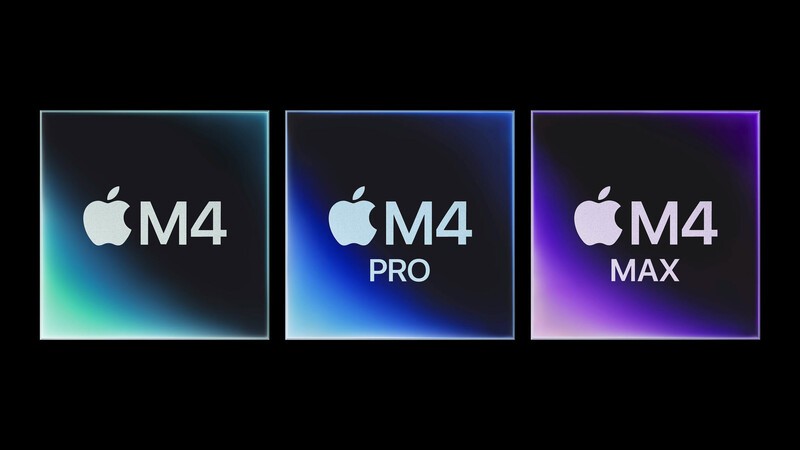
While I don't think everyone (or even most people) would ever need the performance available through the highest-end version of the new MacBook Pro, I can think of more people who would enjoy having just a few of these pro hardware features and can get by comfortably with the base M4 chip.
What's actually different with the M4 MacBook Pro?
There are a lot of things that are the same about this version of the MacBook Pro compared to the previous two versions that came before it.
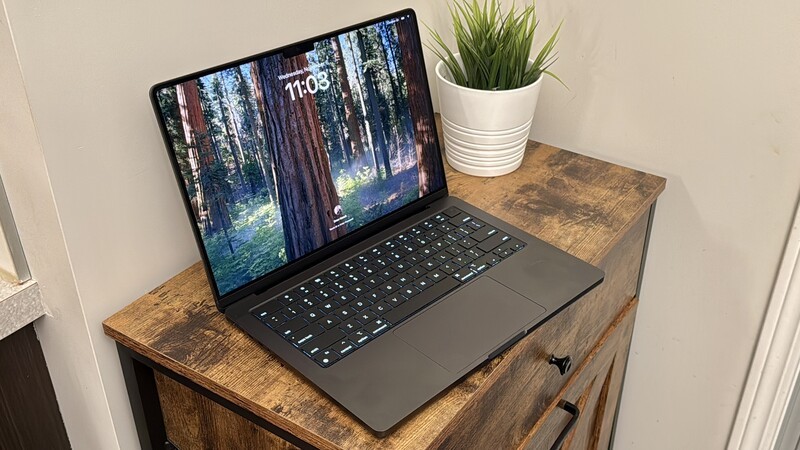
Around the time of the M2 MacBook Pro, the design of these laptops really was finished to a point where it became hard to imagine further room for design improvement (except maybe for some smudginess which was improved on certain M3 model finishes).
For the M4 MacBook Pros, the changes are subtle but really interesting in how they could improve the user experience.
M4 Chip
The biggest change that impacts everything about the user experience is the addition of the M4 chip.
While Apple has a lot of stats related to performance compared against the very old Intel Macs and the M1 chips, overall performance isn't going to be drastically different than the extremely capable M3 processor (slightly faster 3D Rendering, video processing, and productivity boosts across certain apps).
There are a few places you'll see improvements in everyday use:
- Battery life (up to 24 hours) and improved fast charging (up to 50 percent in 30 mins depending on model and wattage of power adapter)
- Video call improvements for white balance and brightness through the M4's Neural Engine
- Audio isolation improvements when speaking on calls or recording audio (this is hard to notice since the last two MacBook pros have been phenomenal) -Ability to maximize specs with up to 32GB of memory (M4), 48 GB (M4 Pro), and 128 GB (M4 Max) -Thunderbolt 5 support will bring faster data transfer speeds with compatible devices (TB5 requires M4 Pro or Max chip)
MacBook Pro Screen
The Liquid Retina XDR display on the MacBook Pro is incredibly high end. For photo and video editors looking for perfect colour accuracy, but don't have the budget for an external pro display or are busy working out of the office, this is incredible.

In my testing I was keeping an eye out for how normal apps would look in bright/sunny conditions. Improvements to the new MacBooks allow for higher brightness levels (up to 1000 nits) for regular system apps and while things did look better, I don't know if it was so much because of the brightness as because of the nano-texture option that came with my MacBook Pro.
Seeing a MacBook Pro display with a nano-texture finish for the first time was shocking. It almost looked like I was staring at a page in a book…but it was moving because the first thing I saw was the motion wallpaper for Sequoia (the Mac's latest Operating System).

The purpose of the nano-textured display is to reduce glare and it was very obvious even during my unboxing the impact of this (the bright light shining down on the laptop screen had a muted, greeni-ish reflection instead of the normal blinding white I struggle with whenever shooting an unboxing video).
While I personally really liked the look of the nano-textured display I'd suggest taking a peek in an Apple store before you buy. As it does change the look of your screen and everyone's taste is different, and a nano-textured look may not be to your taste.
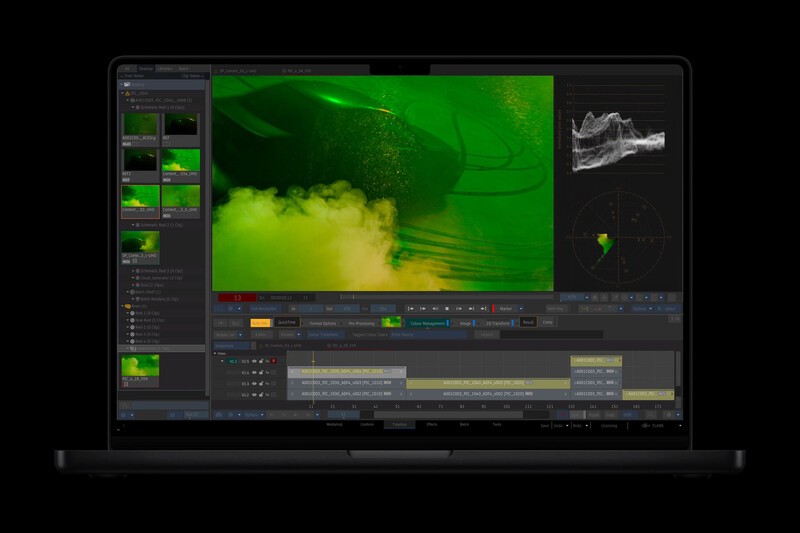
Aside from the screen coating, the range or brightness on MacBook Pro is very impressive, going all the way down to 1 nit, perfect when working in bed while your partner is trying to sleep (am I great spouse or what?) or experiencing 1600 nits when working with HDR content.
The MacBook Pro screen on previous generations was excellent. With the M4 MacBook Pro I feel like the changes I noticed most were less significant in terms of the new brightness capabilities and more so due to the newly-available nano-textured finish. While the improved brightness of 1000 nits for everyday apps is certainly good, it's not really noticeable unless you're comparing directly between side by side screens.
MacBook Pro ports
One of the best upgrades to the M4 MacBook Pro has gotta be the ports. There's not more ports, but there are better ports.
With the base M4 chip you get three Thunderbolt 4 USB C-style ports. While the previous model of MacBook Pro had three ports total, only two of them were actually Thunderbolt 4 (the other was just a USB-C). This increases versatility even further giving you more options for how you'd plug in an external display, a dock, and any other pro accessories.

If you upgrade to the M4 Pro or Max chips, you get ThunderBolt 5 connectivity. While there's not that many accessories to meet those specs and speeds right now, if you're buying a Mac you plan to keep for many, many years, this is a great way to ensure it won't feel dated as new accessories hit the market.
The HDMI port supports up to an 8K display. The same handy SD card reader is available, as well as a 3.5 mm audio jack and the beloved MagSafe charging connection.
MacBook Pro Camera
One of the few weak spots with the recent generation MacBook Pros was the front-facing webcam. It was fine, but not great. Enough that, for important calls, I'd always use Continuity Camera (lets you use your iPhone camera as a webcam) instead.
That won't be the case anymore thanks to the upgraded 12MP Centre Stage camera on the M4 MacBook pro.

Centre Stage is the feature that uses the camera's ultra-wide sensor to keep you framed properly while you're on camera. It basically crops in to frame you in the middle of your camera, but if you have to move from side to side (wrangling a toddler on a FaceTime call with grandma for example) the camera will "follow you" by taking advantage of that ultra-wide real estate.
You can also manually frame your videos, which is also nice if you're taking a quick work call and want to make sure you can crop out any messy things in the background.

Because of the camera upgrade, Desk View is now available on MacBook Pro. This basically lets you demonstrate things on your desktop in one video window while also appearing on camera like you would in a typical video call. I don't know how practical/needed this feature is for everyday use, but in scenarios for me showing how to pair a Bluetooth controller to a Mac or showing a parent on a video call how to do certain things on an iPhone it's great.
Apple Intelligence
This isn't specific to the M4 chip, but it's rolling out around the same time so if you are using a new MacBook Pro, this may be your first experience interacting with Apple Intelligence on a Mac.
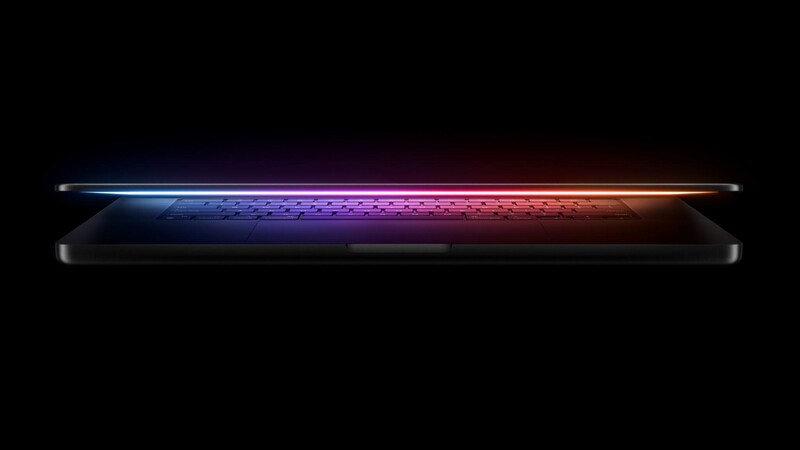
At launch not all features are available for Apple Intelligence with Sequoia but the most useful one right away is probably Writing Tools. Basically anywhere you're typing on your Mac (An email, Pages document, message to a friend) you'll have the option to highlight the text and select from a variety of options to change the tone of voice or summarize.
Beyond that there's some helpful summary and priority features related to notifications that could be handy. Siri will look different and you'll be able to type questions to Siri.
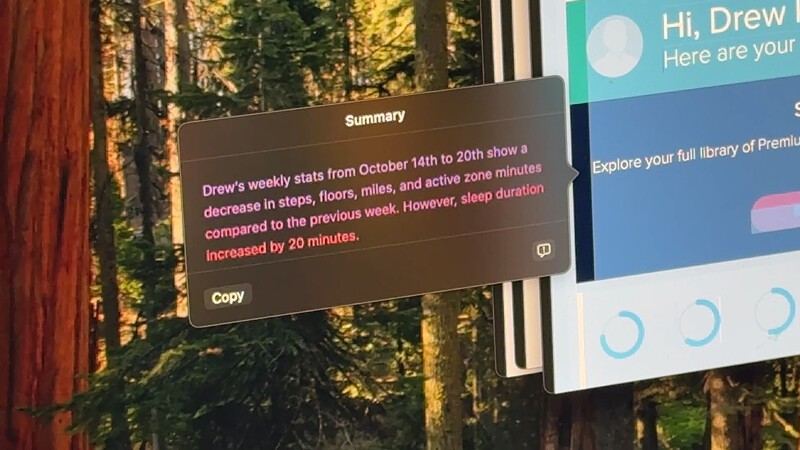
Eventually Siri will be able to help you learn how to do things on Mac. You can ask it how to take a screen recording or share a WiFi password or any number of functions you may not understand how to do but you suspect your Mac is capable of doing them.
Siri with Apple Intelligence has been fine in some areas, but less impressive in others. For example Natural language search is supposed to allow you to find photos easily by saying things like "Me at Disney eating a turkey leg" but my experience with this has been inconsistent to poor. It's still early days though for Apple Intelligence, so I'll cut Siri some slack.
Is the M4 MacBook Pro worth it?
I don't know if there's ever been a time in Apple's history where there's been so many great choices for computers, so figuring out if the MacBook Pro is worth it for you is going to take some thoughtful consideration.

The short version is if you need an array of high-end ports and want it all in one device without docks or dongles or having the absolute BEST laptop screen is important than MacBook Pro is a must.
If you're really only using your MacBook pro at home/at your desk then you should look into the Mac Mini. This thing is such a shockingly good small computer. If you don't need the portability but still want the option of an M4 Pro chip and you already have a monitor that you like, the Mac Mini has never been a more compelling choice for a desktop computer and could save you quite a bit of money.
But if you're considering a MacBook Pro, portability is probably important. With two size options, 14 inch and 16 inch display you can find the right balance between productivity and portability for your needs.
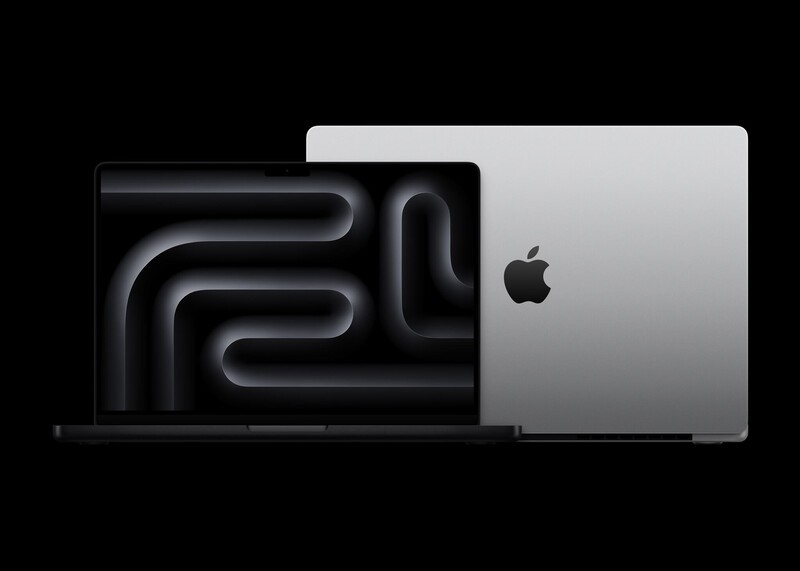
Having the extra ports and the pro display would be a reason to consider the M4 MacBook Pro over an M3 MacBook Air.
Needing Apple intelligence on your Mac is irrelevant in the case of a MacBook since that feature is available on any M-series Mac (laptop or desktop).

Overall I think people are drawn to the MacBook Pro because they want a lot of power. However, most people may not realize how capable the base model M4 chip is and therefore you might not necessarily need a "Pro" computer and an M4 iMac or M4 Mac Mini may totally suit your needs.
I primarily use my MacBook Pro for 4K video editing, graphic design, a little bit of 3D work in After Effects and gaming. The only times upgrading to an M4 Pro or above chip occurred to me was during some games where loading took slightly longer than expected (based on my experience with M3 Max) but we're talking a difference of seconds rather than instant loading.
Pro MacBook Pro
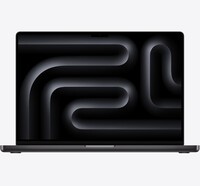
M4 MacBook Pro
Geeking Out Shop
The MacBook Pro can be configured as an absolute powerhouse (with an eye-watering pricetag) but the base model is extremely capable. With ports galore, a beautiful display, and two size and finish options, the latest M4 MacBook Pro is a top-rate laptop.
Also during complex/long renders some videos did take longer to output. However this didn't necessarily interrupt my flow since I was using Adobe Media Encoder, which renders in the background while you're editing something else in Premiere Pro.
The bottom line
All of this is to say that maybe you don't necessarily need to drop the extra hundreds or thousands of dollars upgrading to a chip with more processing cores for your normal workflow and you're simply choosing the MacBook Pro because you like the versatility of the ports, the superior audio coming out of those speakers, and you want the pro-calibre display for gaming or photo editing.
When you see all the configurations, the temptation is going to be there to upgrade the memory or the chip, but that may not be necessary.
The base M4 chip is so capable for consumer-level pro tasks (if that's a thing). If you're in an industry that requires extremely specialized software, you'll know whether you actually need to upgrade. But for "normal" people using the MacBook Pro for regular or semi-pro workflows the base model is an extremely competent laptop allowing you to enjoy advanced productivity and gaming apps in a very portable and versatile unit.
Read more

M4 MacBook Air: Unboxing and Overview
Apple's MacBook Air was already a great laptop. And in March 205 it got even better...and a little more blue!

Mini in size, magnificent in possibility: M4 Mac Mini review
In Nov 2024 the Mac Mini received a significant overhaul in both form and performance. This expands the way people can use a mini desktop computer and closes the gap between this model and the Mac Studio.
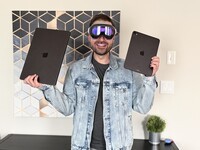
Apple Updates Their Pro Devices With A New M5 Chip
Apple just dropped some monster upgrades to some of their highest-end gadgets with very little fanfare. The MacBook Pro, the iPad Pro, and the Apple Vision Pro are all getting a boost from the new M5 processor. This incredibly powerful M5 chip gives users a leap forward in performance—think faster load times for apps and widgets and more responsive web browsing—plus, improved display...

Geeking Out: New Mac Computers
On Nov 20th, Drew joined Sid from Breakfast Television Canada and they were Geeking Out over the latest computers from Apple.